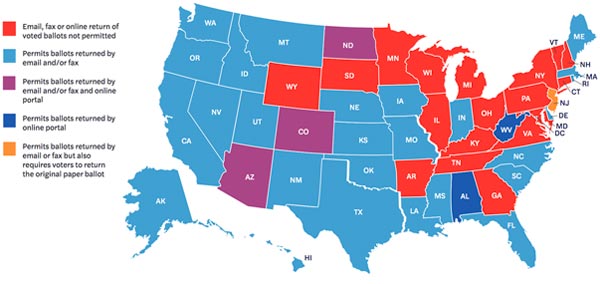
by Paul Rosenzweig | Jan 19, 2022 | Artificial intelligence, Cybersecurity, Homeland Security, National Security
Few know it, but the great songwriter Kenny Rogers also had a lot to teach the world about cybersecurity. No. Seriously. His classic song, “The Gambler,” is not just a story about wagering, it can be read as a parable about cybersecurity and, in…

by Paul Rosenzweig | Jan 12, 2022 | Cybersecurity, Homeland Security, National Security
The 20th anniversary of the founding of the Department of Homeland Security looms in early 2023. What should the next Quadrennial Homeland Security Review study? The 20th anniversary of the 9/11 terrorist attacks on America passed in Sept. 2021. The…

by Paul Rosenzweig | Jan 9, 2022 | Cybersecurity
The Overlooked Threat to Election Security EXECUTIVE SUMMARY Over the past two years, revelations that our election systems have been targeted for cyberattack have roiled the United States. Leaders of our national security apparatus have repeatedly warned that our...

by Paul Rosenzweig | Dec 8, 2021 | Cybersecurity
Introduction Our two previous posts on the Lawfare Blog addressed a series of questions. In our first post, we offered an overview of the current ecosystem of prediction markets and crowd-forecasting platforms, and asked if they might generate useful…

by Paul Rosenzweig | Dec 5, 2021 | Cybersecurity
Can we apply the techniques of crowd-forecasting for better cybersecurity? What if it were possible to predict, with a measurable degree of accuracy, what actions the U.S. government and private sector will undertake over the course of the next year…

by Paul Rosenzweig | Nov 29, 2021 | Cybersecurity
In 2018, Paul Rosenzweig at the R Street Institute published a short paper on the topic, [10] [10] Paul Rosenzweig, The NTSB as a Model for Cybersecurity, R Street Shorts no. 58, May 1, 2018, https://www.jstor.org/stable/resrep19126






